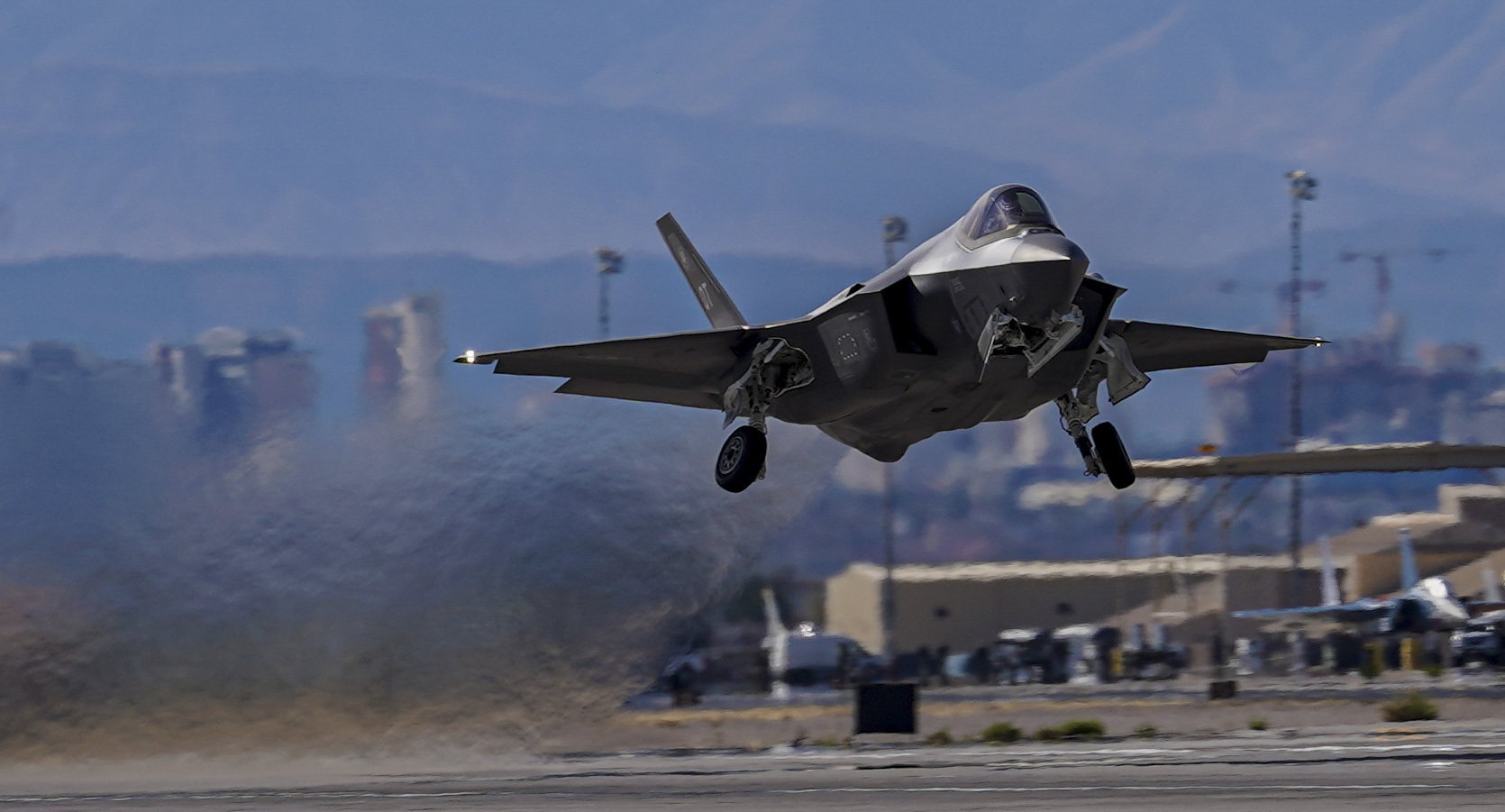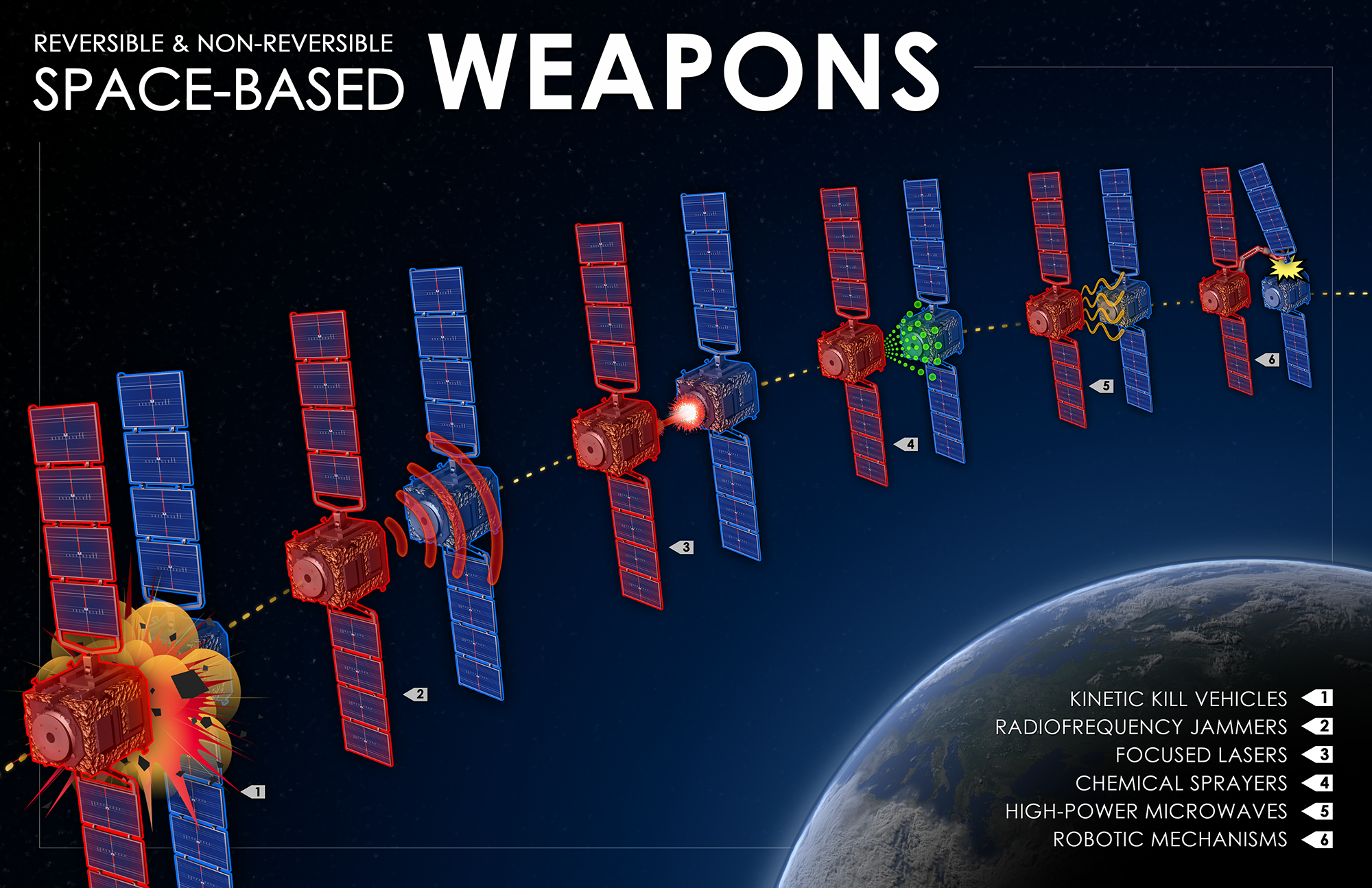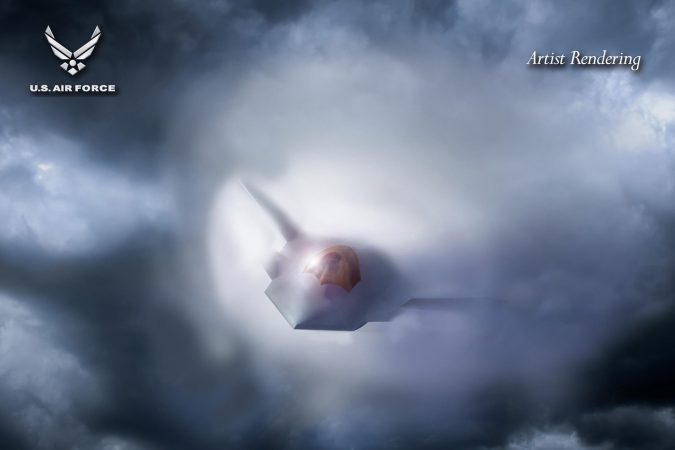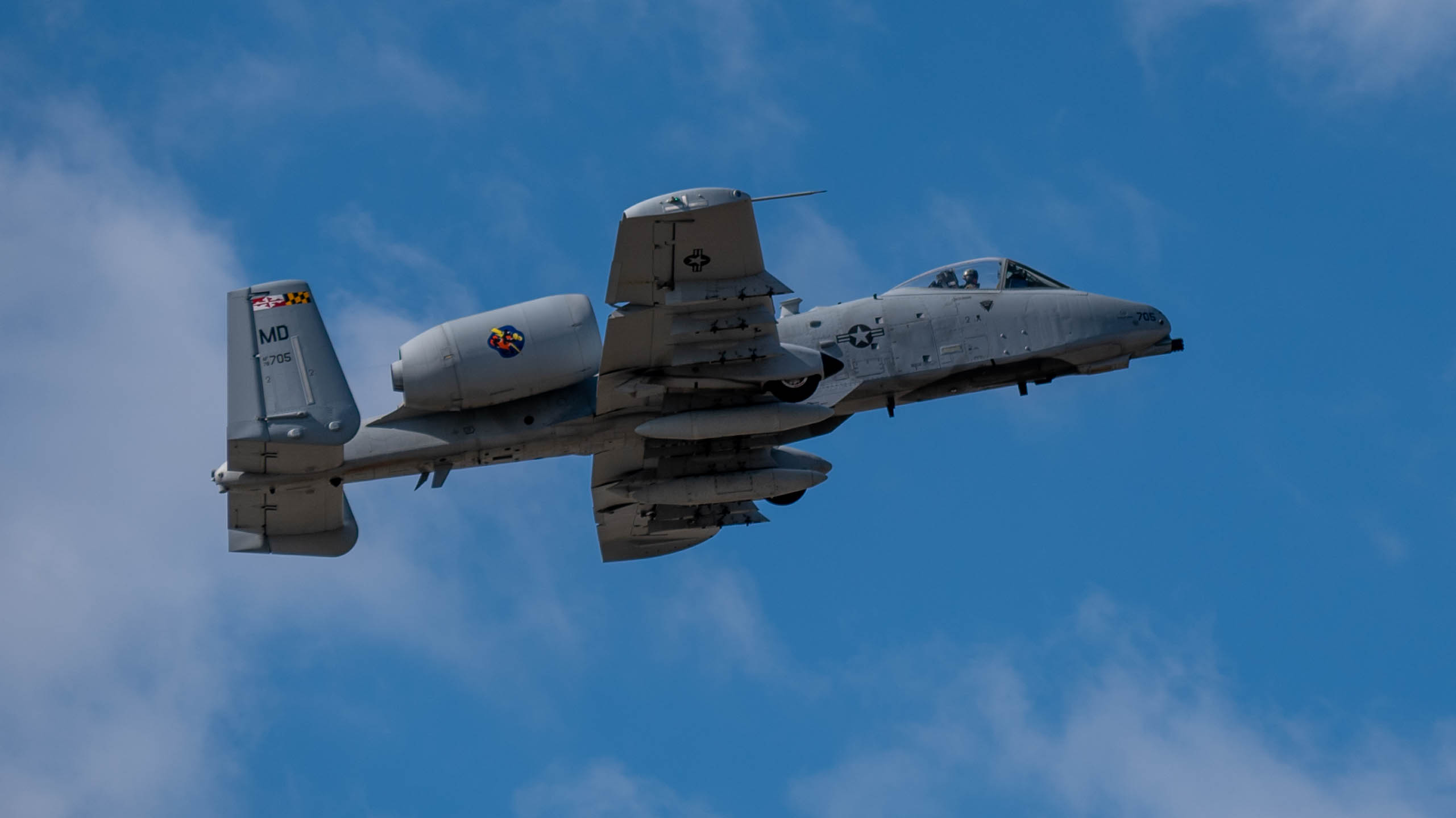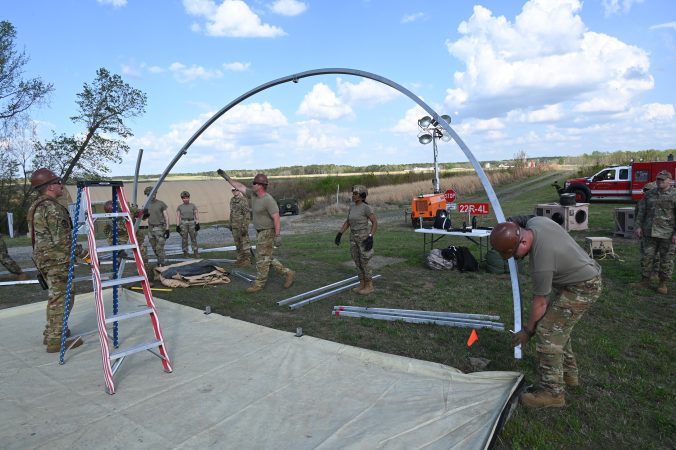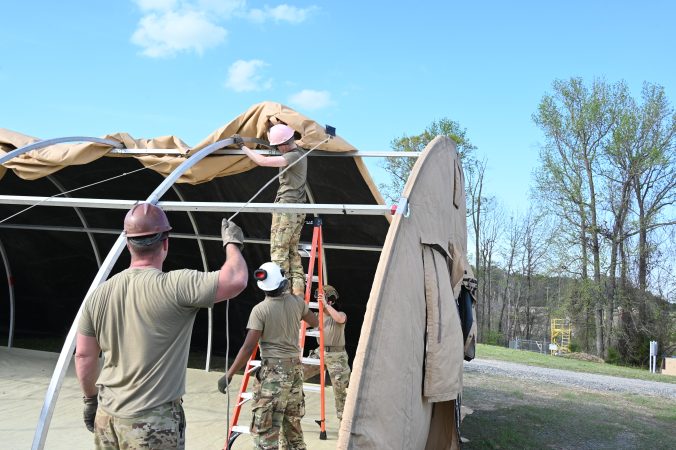The Air Force has tapped sites in Oregon to build its first two new Over-the-Horizon Radars, capable of detecting inbound missile threats from up to 4,000 nautical miles away.
In a notice published in the Federal Register last week, the service announced it was initiating an environmental review expected to last two years across two regions in the state.
Compared to other conventional radars, the OTHR enables long-range detection by bouncing radio waves off the ionosphere—starting roughly 50 miles above Earth—and beyond the planet’s curvature, allowing it to detect a wide range of threats like bombers, cruise missiles, and surface ships. Once a threat is detected, the radar system passes target location onto other manned or unmanned aircraft, or land-based radars that can reconfirm the type and number of threats.
The radar consists of two main components: the transmitter, which sends out the high-frequency radio waves, and the receiver that captures the reflected signals.

“The proposal is for two transmitters to be in Christmas Valley, Ore., and two receivers in Whitehorse Ranch, Ore.,” a spokesperson for the 366th Fighter Wing, host wing at Mountain Home Air Force Base, Ida., told Air & Space Forces Magazine. The two sites are approximately 200 miles apart to minimize signal interference between the transmitter and receiver, and Mountain Home would “manage” the systems.
Both locations are unincorporated areas of the state without active government structures. The Christmas Valley area is currently owned and managed by the Oregon Military Department, where the Air Force plans to acquire approximately 2,622 acres to construct the transmitters side by side. The Whitehorse Ranch area, a federally managed region under the Bureau of Land Management, will provide nearly 5,000 acres for the two receivers to be built. Additional infrastructure, including communication cabling and maintenance buildings, will also be built.
The Air Force expects the final environmental statement to wrap up by September 2027, and if the review is favorable, construction on the two radars will begin “at the end of 2028,” the spokesperson added.
If, however, the initiative were not to move forward, the project’s official website states that “threats could approach North America without early detection, resulting in reduced decision time for military and national leaders to deter, de-escalate, or defeat threats, placing North American homeland security at risk.”
The Air Force has been eyeing OTHR radars for years; Gen. Glen VanHerck, the former head of North American Aerospace Defense Command and U.S. Northern Command, has said they will give the U.S. military “better eyes around the world.” After a Chinese spy balloon transited the continental U.S. in early 2023, VanHerck reiterated his call to lawmakers, saying he had a gap in domain awareness technologies and needed OTHR fielded in a few years, not the better part of a decade.
In the fiscal 2024 National Defense Authorization Act, Congress directed the service to procure up to six OTHRs. However, in June 2024 the Air Force told Congress that it would no longer fund the program in FY24 as planned, postponing the decision to 2026.
VanHerck’s successor, Gen. Gregory M. Guillot, has reiterated the calls for OTHR and a better domain awareness network to detect threats. Earlier this month, Guillot told lawmakers that these radars are “critical to continental defense,” forming, alongside other systems, the “foundation for the Golden Dome construct”—President Trump’s initiative for the nation’s comprehensive missile defense.
“We can’t defeat what we can’t see,” Guillot, told lawmakers April 1. “To that end, I appreciate the department and congressional support for fielding all domain capabilities, such as Airborne Moving Target Indicator satellites, Over the Horizon Radars, the E-7 Wedgetail, and Integrated Undersea Surveillance System (IUSS)… Looking forward, NORAD and NORTHCOM modernization is crucial to outpacing our competitors.”

